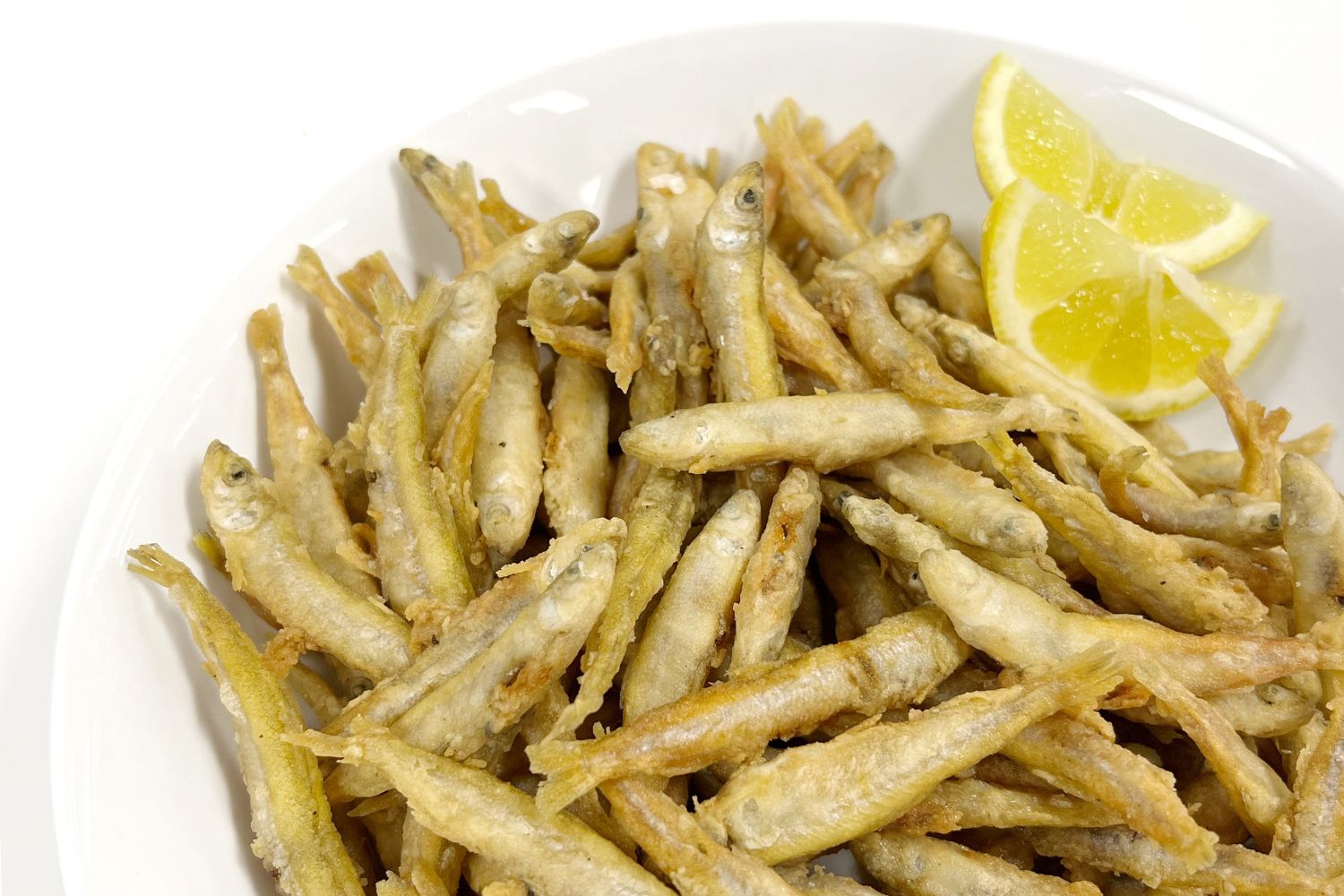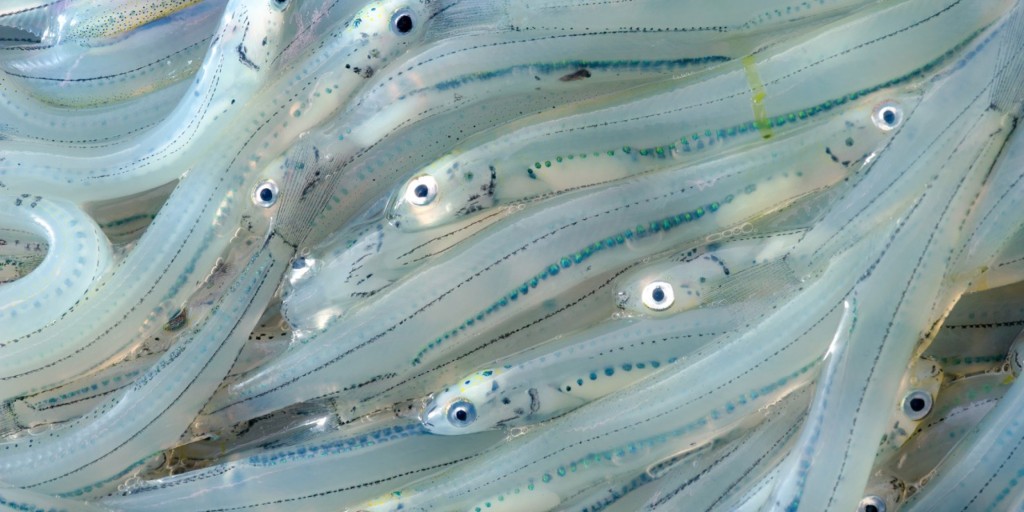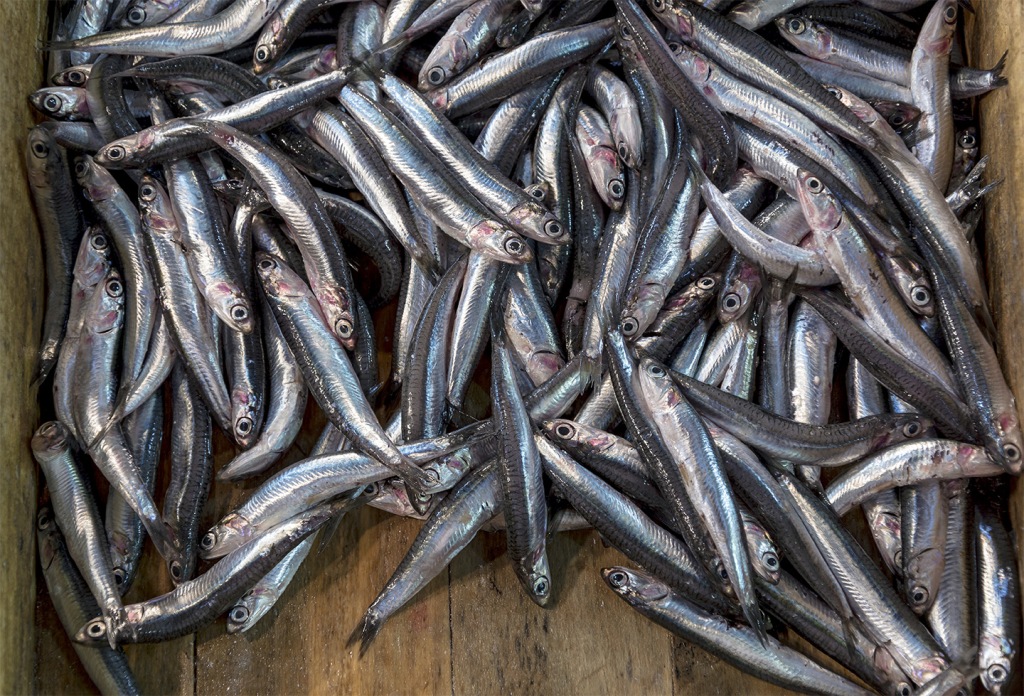Through many centuries, we have changed the way we prepare food and cook it. Also, we have included many different dishes that most of us consider special based on background or are part of our diets. But in this essay, I would not debate about which food is better than the other but to understand through whitebait the essential of drastically changing meals. But what in the world is whitebait? When I first started digging around many old relevant menus, I encountered whitebait as some fancy name for an expensive dish that was prepared during the 18th and 19th centuries in Britain. As you research whitebait, you will find out that it is the rarest but easy-to-prepare type of fish. Nowadays it is uncommon to find whitebait in restaurants or that many people recognize it, but there is a relationship between the preparation of dishes with whitebait and its shinning time in the British palate. As preparing whitebait could be easy to prepare and cook for between 20 to 25 minutes, it was an advantage for those people who were expecting a fast service while also eating with some sides. Nowadays, many people may argue that Whitebait is gross since you eat the whole whitebait as if it is a French fry alluding to the fact that it might mean eating the bones and eyes. In this research, we will explore the different aspects of the history of whitebait such as why it was introduced, its presence in restaurant menus, its presence in different countries, and how it has disappeared.

Whitebait might be a new word after you read this research about them. You might ask yourself about what type of fish species is that one. In this case, whitebait is a mix of herring, pilchard, and sprats which depend on their size. For them to be considered whitebaits, they are typically between 25 and 50 millimeters long which are approximately between 2 to 3 times the size of a French fry. “They used to be readily caught in British rivers” (Hawkins 30). Nowadays, the typical season in which whitebait can be collected is between September and October. There are current restrictions on the collection of these to preserve these species. Even though there was a strong presence of whitebait in British land, New Zealand has preserved the tradition of still collecting and cooking them which endangers the preservation of these species. “There have been no restrictions on white baiting for decades. There’s no catch limit, no licensing system, and no requirement to report catch numbers” (Lloyd 2022). Since this goes against many regulatory laws about species preservation, many regulatory actions took place to preserve the species that are considered whitebait.
From the beginning of 1882 to the end of 1935, we observe the period in which whitebait appeared in different restaurants. Why was there a decline after that period? The restaurants that had whitebait on their menus usually appeared by themselves without any side included in their dish. For some of us, we might think that this look like whitebait was a type of appetizer, but the portion of a plate of whitebait usually was satisfactory for a person to get full. If you are a person who goes to a restaurant and orders whitebait will be served with these species breaded. This is something that we can relate to since we usually enjoy eating breaded meat. According to Kathryn Hawkins, whitebait is served simply in the Cockney tradition. This means that whitebait was principally in the diet of working-class males that went to taverns or pubs that were close to the river making an explanation of why whitebait was served close to an area in which whitebait could be collected. “The Whitebait Smelt can be found in the north-eastern Pacific, specifically from coastal waters of Vancouver Island in Canada to San Francisco, California in the US” (“Learn about the Whitebait Smelt – Fishing.” 2021). Since there is a huge presence of whitebait in North America, there was an impact on bringing the stylish cooking of whitebait to the American diet as a form of reunion and socializing in these famous restaurants that incorporated whitebait as a source of easy-to-prepare and collect during those times.
Since whitebait is easy to prepare as it is usually fried, why did it disappear? Why if it was popular for those types of working-class men to eat, disappeared during those times? There might have been different factors that might have produced the decline of whitebait in the menus in Britain and in other countries in which they had a presence. “Whitebait is best eaten as soon as possible after capture, and it must be chilled before frying” (“Whatever the Species, Whitebait Is a Treat” 2000).
The factor of quality might have affected the existence of white bait in the list of restaurant goers. This means that whitebait must be cooked after capture and many of the relevant restaurants were not usually close to a river going more into urban areas making it difficult to be kept on the menus. Therefore, we encounter that much of the collection of whitebait was mainly consumed by fishers who instantly collected for their meals in great quantities and prepared them close to immediately to preserve the delight that made people who eat it still have it in their diets. “In January 1940, the British government introduced food rationing. The scheme was designed to ensure fair shares for all at a time of national shortage” (“What You Need to Know about Rationing in the Second World War” 2023). When WW2 started, how food was distributed changed, making the old way of cooking change since rationalized food was present main many countries affected by this process. The use of canned food might have opaqued the importance of whitebait due to the high influence of the war that made a huge turn around to the way people behaved and lived.
Whitebait has been incorporated into the diets of people in Australia, China, Italy, Japan, New Zealand, and the United Kingdom. Each of these countries had different styles of preparing whitebait, and size, and had different species by their region availability. “However, four out of the five whitebait species in New Zealand are now endangered, according to DOC. Be a responsible traveler and skip the whitebait fritters” (“Traditional Māori Foods: 100% Pure New Zealand” 2023). Even though whitebait has been relevant to New Zealand cuisine, the extinction of some of the whitebait species made the plates including whitebait disappear through time as there has also been regulatory action that prevents people from fishing them.
Australia China Italy Japan




New Zealand United Kingdom


Whitebait was an essential food mentioned in the countries that were mentioned in this research revealing how fishing brought the incorporation of these small fishes. Even though whitebait was not a type of fish that was drastically revealed to all the world, it was a simple type of fish that people could prepare and be satisfied by the taste in which it was prepared. The disappearance of whitebait in restaurants might have been caused by the global changes during the period when whitebait was brought to the menus. Key factors of the use of canned food and nowadays the laws of protection for these species have affected the preparation and cooking of these species. Moreover, whitebait has also disappeared from restaurants as other wild-caught species have made whitebait less popular due to overfishing or overhunting. Changes in taste and the variety of farm-raised animals that provide meat have made the diet that came from whitebait has reduced its popularity. As part of labor men during the 18th and 19th centuries, whitebait brought the concept of the importance of time when preparing these styles of food in which by history, many labor men did not have enough time to wait for high-end food in restaurants. At that, how whitebait was being collected produced the form in which at that time one could simply go near a river, fish them, and eat them without wasting too much time.
Work Cited
Hawkins, Kathryn. “Food of London.” Google Books, Google, books.google.com/books?hl=en&lr=&id=tKAdBAAAQBAJ&oi=fnd&pg=PT13&dq=whitebait%2Bhistory%2Bcooking%2Bin%2Bbritain&ots=YQEDWMnfhL&sig=hzX1Jn7p0IovhrQmFpAEGPtL14A#v=onepage&q&f=false. Accessed 4 Dec. 2023.
Lloyd, Maddy. “Experts Call for Urgent Changes to Unregulated Whitebait Industry.” 1 News, 1News, 16 Nov. 2022, http://www.1news.co.nz/2022/11/16/experts-call-for-urgent-changes-to-unregulated-whitebait-industry/.
“Learn about the Whitebait Smelt – Fishing.” Learn About the Whitebait Smelt – Fishing, Guidesly, 8 Feb. 2021, guidesly.com/fishing/fish-species/whitebait-smelt.
“Whatever the Species, Whitebait Is a Treat.” The New York Times, The New York Times, 24 Sept. 2000, http://www.nytimes.com/2000/09/24/sports/whatever-the-species-whitebait-is-a-treat.html#:~:text=Whitebait%20is%20best%20eaten%20as,in%20a%20sturdy%20paper%20bag.
“What You Need to Know about Rationing in the Second World War.” Imperial War Museums, http://www.iwm.org.uk/history/what-you-need-to-know-about-rationing-in-the-second-world-war. Accessed 4 Dec. 2023.
“Traditional Māori Foods: 100% Pure New Zealand.” 100% Pure New Zealand, http://www.newzealand.com/int/feature/traditional-maori-foods/. Accessed 4 Dec. 2023.